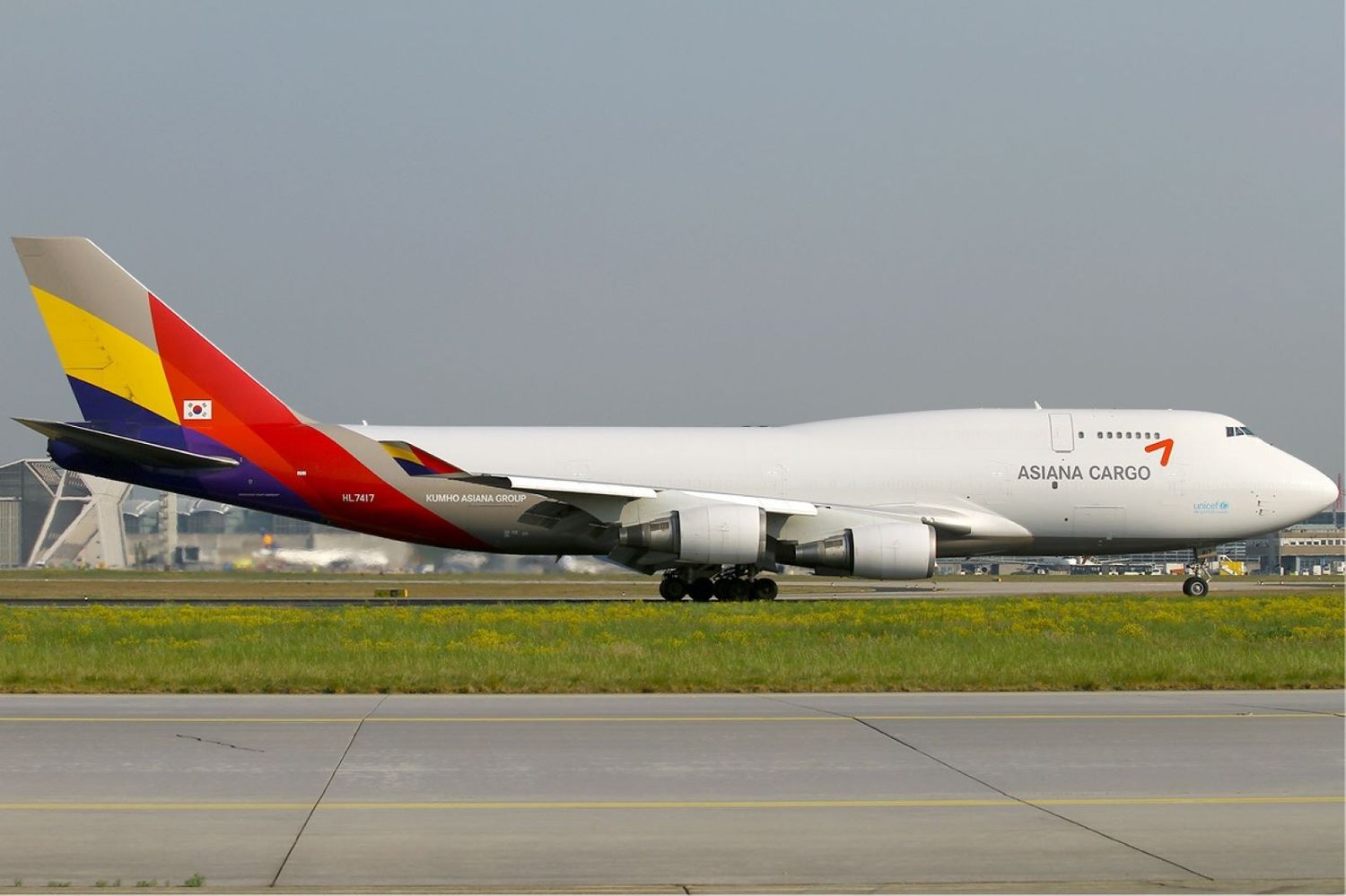FAA Issues New Airworthiness Directive for Boeing 747 Aircraft to Address Potential Fuselage Cracks
The U.S. Federal Aviation Administration (FAA) has issued a new Airworthiness Directive (AD) for several models of Boeing 747 aircraft following reports of structural cracks in the fuselage. The directive, effective November 15, 2024, targets specific areas of the fuselage skin lap splice, which if left unaddressed, could lead to in-flight rapid decompression or loss of structural integrity.
The AD applies to Boeing’s 747-100, 747-200, 747-300, 747-400, and their variants, affecting around 170 aircraft registered in the U.S. The issue was prompted by a report of cracks at eight fastener hole locations in the fuselage skin lap splice between stations (STAs) 1350 and 1480, near stringers S-23L and S-23R. If undetected, these cracks could compromise the fuselage during flight.
Mandatory Inspections and Repairs
In response, the FAA now requires repetitive high-frequency eddy current inspections of the upper fastener row of the fuselage in the affected area. Operators must check for any signs of cracking and take on-condition actions, which include repairs following Boeing’s repair instructions. The inspections are estimated to take approximately 8 hours, with each cycle costing around $680 per aircraft.
Though the FAA has not yet received definitive cost data for necessary repairs, the directive ensures that operators maintain the airworthiness and safety of these aging aircraft.
This AD is part of the FAA’s ongoing efforts to address safety risks associated with structural fatigue in older aircraft. The affected Boeing 747 models, widely used for both passenger and cargo flights, have been in service for decades. According to the FAA, “the unsafe condition, if not addressed, could result in an in-flight rapid decompression and a loss of structural integrity of the fuselage.”
Boeing Supports the Directive
In comments submitted during the Notice of Proposed Rulemaking (NPRM) period, Boeing expressed support for the FAA’s findings, affirming that the inspection and repair measures are necessary to mitigate the risks posed by the cracking issue.
The FAA clarified that this AD is not considered a «significant regulatory action» under Executive Order 12866, and it does not pose a substantial economic burden on small businesses or state-level aviation operations. This AD marks another step in ensuring that operators maintain rigorous safety standards for the aging Boeing 747 fleet, ensuring the continued safe operation of one of the world’s most iconic aircraft models.


Comentarios
Para comentar, debés estar registrado
Por favor, iniciá sesión